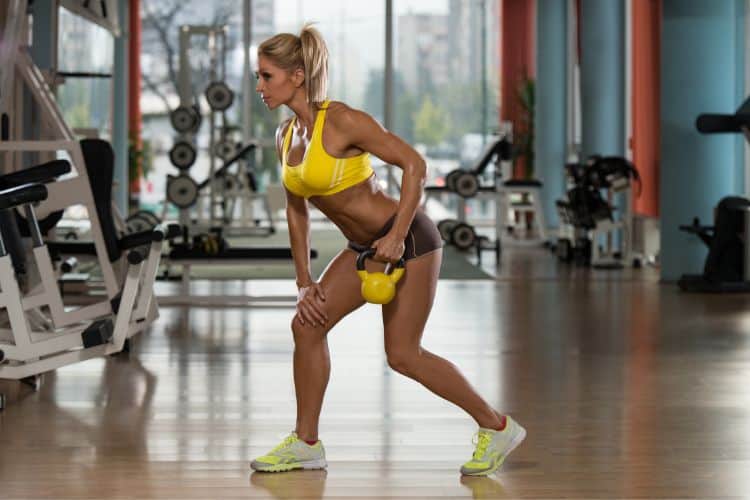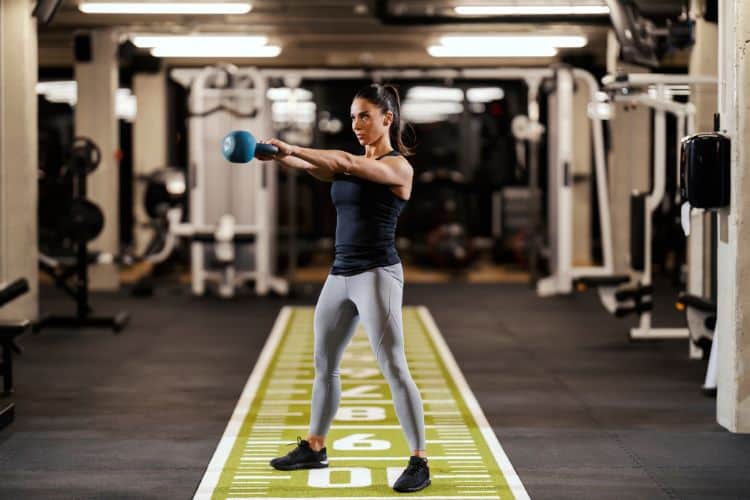Sign up for workout ideas, training advice, reviews of the latest gear and more.






Progressive overload is a cornerstone principle in resistance training, essential for anyone looking to build muscle, burn fat, and gain strength over time. When applied correctly to a full body workout routine, it delivers consistent and measurable results. Whether you’re a beginner or an experienced lifter, understanding and applying progressive overload can help break through plateaus and accelerate your fitness progress. In this guide, we’ll break down what progressive overload is, how to implement it in a full body workout, and provide sample workouts for beginners to advanced trainees.
Progressive overload is the gradual increase of stress placed upon the body during exercise training. This stress—whether in the form of weight, reps, sets, or intensity—challenges your muscles to adapt and grow stronger.
Without progressive overload, your body adapts to the existing stress levels and stops making gains. This leads to stagnation and plateau. By consistently increasing the workload, you force your body to adapt by:
There are multiple ways to apply progressive overload in your training. Here are the most effective ones:
The most common and straightforward method. Gradually increase the amount of weight you lift in each exercise.
Add more repetitions with the same weight to increase volume and intensity.
Adding more sets to your workout boosts total training volume, which contributes to muscle growth.
Less rest between sets creates more metabolic stress, increasing muscle endurance and hypertrophy.
Performing exercises with better control and full range of motion increases muscle activation.
Slowing down the eccentric (lowering) phase of your lifts can increase time under tension and promote greater gains.
Combining full body training with progressive overload maximizes muscle recruitment and efficiency. Some key benefits include:
When designing your routine, structure matters. A full body workout typically includes compound lifts that work multiple muscles simultaneously. These include squats, deadlifts, presses, pulls, and rows.
For optimal results, perform full body workouts 3 times per week on non-consecutive days (e.g., Monday, Wednesday, Friday).
Frequency: 3x per week
Duration: 45-60 minutes
Progression: Add 2.5-5 lbs to each lift per week, or 1-2 extra reps per set if weight increase isn’t possible.
Tip: Track your progress using a workout log or app to stay consistent with your overload.
Frequency: 3x per week
Duration: 60 minutes
Progression: Use a mix of weight increases and volume progression every week.
For advanced lifters, progressive overload can be more nuanced. Incorporating undulating periodization, drop sets, or even strength blocks is common.
Note: Use deload weeks every 4–6 weeks to allow for recovery and adaptation.
Tracking is essential for successful progressive overload training. Use one or more of the following methods:
Don’t underestimate the role of recovery and nutrition in progressive overload:
Applying progressive overload doesn’t mean pushing to failure every session. Here are some mistakes to steer clear of:
A progressive overload full body workout program is one of the most effective ways to gain strength, increase muscle mass, and improve total body conditioning. Whether you’re training at home or in the gym, consistently applying progressive overload ensures you keep seeing results.
By focusing on compound movements, gradually increasing intensity, and maintaining proper recovery and nutrition, you’ll set the foundation for long-term success in your fitness journey.
| Day | Focus | Key Exercises |
|---|---|---|
| Monday | Strength | Squat, Bench, Row |
| Wednesday | Hypertrophy & Volume | Lunges, Incline Press, Shoulder Work |
| Friday | Conditioning & Endurance | Kettlebell Swings, Pull-Ups, HIIT Core |
If you’re a beginner, increasing weight weekly (2.5–5 lbs) is safe. Intermediate and advanced lifters may progress every 2–3 weeks.
Absolutely. Use resistance bands, dumbbells, or bodyweight variations with increased reps, time under tension, and volume.
You should see strength increases, body composition changes, better endurance, or improved performance in your lifts over 4–6 weeks.
Want more workout and video guide?
Follow us on Pinterest, Facebook, and Subscribe to our Newsletter and Stay tuned for FREE downloads of our App coming soon!
Stay up to date on the latest women’s health, fitness and lifestyle trends and tips.